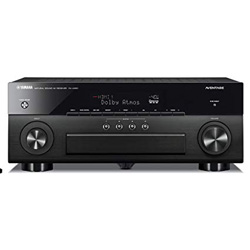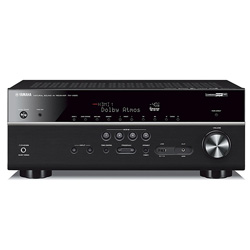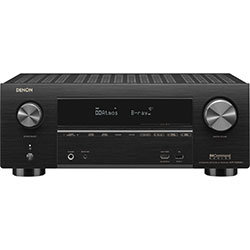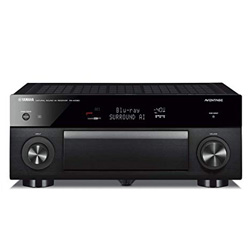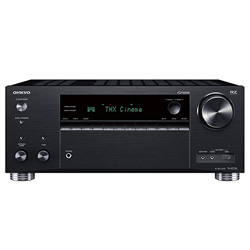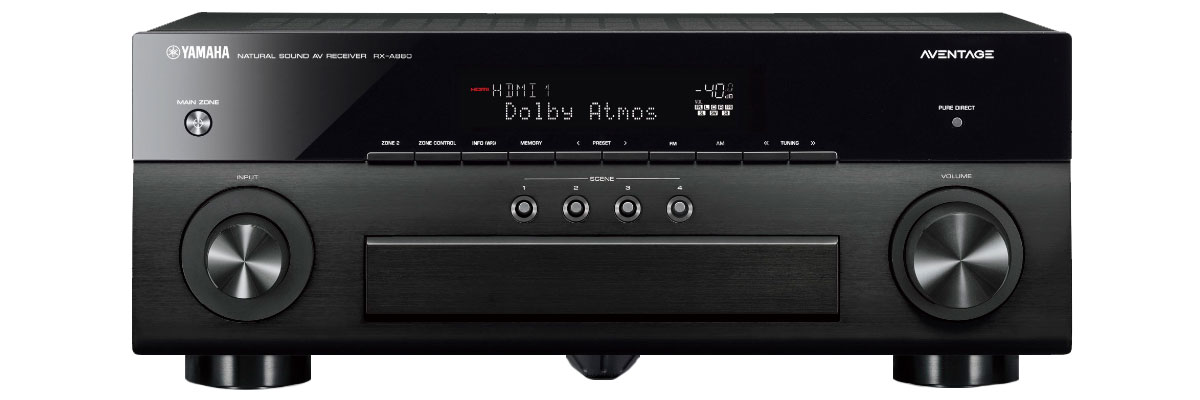 AV receivers may be less common with the growth of soundbars, but if you are an audiophile, you know that it’s still impossible to beat a good receiver and a good set of speakers for home audio. Such an example is Yamaha RX-A880 specs which we are going to analyze in this Yamaha RX-A880 review.
AV receivers may be less common with the growth of soundbars, but if you are an audiophile, you know that it’s still impossible to beat a good receiver and a good set of speakers for home audio. Such an example is Yamaha RX-A880 specs which we are going to analyze in this Yamaha RX-A880 review.
Yamaha RX-A880 review
Features
It provides up to 100 watts of power per channel at 8 ohms and supports Dolby Atmos and DTS: X for object sound support. Built-in Bluetooth and AirPlay support allow the receiver to wirelessly stream music from compatible sources such as smartphones and tablets, while Yamaha's Compress Music Enhancer allows for optimal sound quality.
Design and build
The receiver comes with a 17.2-inch wide, 15 inches deep and 6.7 inches high. On the front panel you will find a fairly standard setting: the input knob on the left, the volume control on the right and the row of buttons at the top to choose between functions such as AM and FM radio, change presets and so on. on. At the bottom there is also a hatch that opens to open the headphone jack, a USB port, an additional port and several other functions. I like that these ports and features are a bit hidden, as this makes for a smoother front view when you may not be using these features anyway.
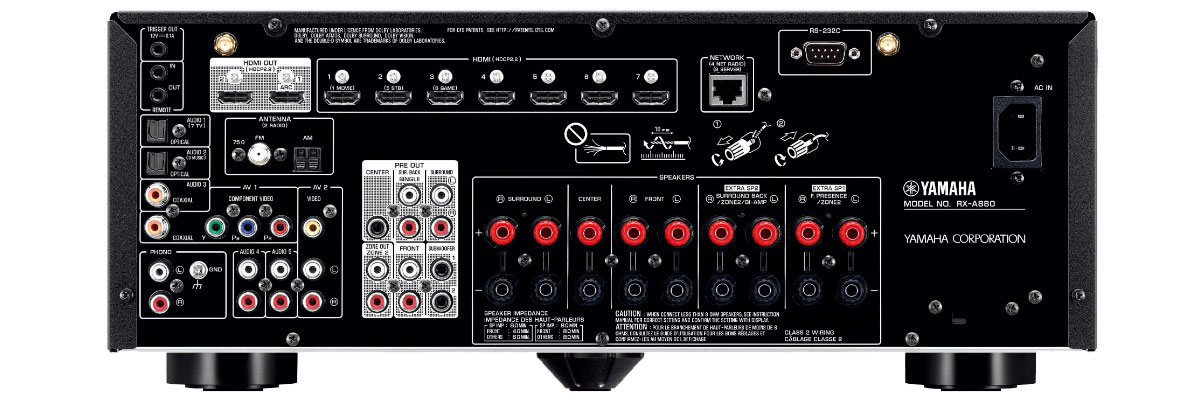
Connectivity
Perhaps more important than the front is what you find on the back. The RX-A880 boasts a whopping seven HDMI input ports, which means that no matter how many sources you have, you can plug them in. All HDMI ports support HDCP 2.2, which allows one of the biggest problems with the predecessor of the receiver, the Yamaha RX-A860, to be solved, as well as several other analog input ports, so even older sources should work. When it comes to outputs, you will find two HDMI outputs and enough speaker outputs for the 7.2-channel surround sound setup plus a couple of speaker outputs for the second zone.
Setup
The remote is also quite high-tech. Although this can be a little tricky for those who have not used the receiver before, you will get used to it even if you only regularly use several controls. At the top, you get a switch to choose between the main speakers or the second zone along with power controls. In this case, you get a plot selector that allows you to quickly switch between predefined scenes.
Pros and Cons
Pros
- The phone app is very handy and makes set up easier
- It creates sound fields like actual movie theaters
Cons
- I wish it let you define meaningful descriptions for the inputs which are displayed on-screen while switching sources
Common features
Product
Model
Brand
Reviews
Amplifier
Channels
Stereo power (RMS), W/Ohm
Output impedance, Ohm
Frequency response
THD in stereo, %
Audio features
Digital to analog converter (DAC)
Bi-amping
Pure direct (straight)
Auto speaker calibration
Speaker A/B switching
Other audio features
Connectivity
Wi-Fi
USB
Bluetooth
Ethernet (RJ45)
DLNA
MHL
Streaming services
Apple Music (AirPlay)
Amazon Music
Spotify
Other streaming services
Extensive connection
HDMI input/output
HDMI ARC (Audio Return Channel)
HDMI eARC (Enhanced Audio Return Channel)
HDMI CEC
Digital content protection (HDCP)
Subwoofer output (LFE)
Headphone output
Optical digital input
Coaxial digital input
Composite input
Component input/output
Phono (MM) input
Front panel connectors
Multi channel preamp output
Video features
HDR (High Dynamic Range)
4K signal pass-through
8K signal pass-through
HDMI signal pass-through
3D signal pass-through
HDMI pass-through in standby mode
Video conversion
Analog to HDMI scaling
HDMI to HDMI scaling
Dolby Vision
Other video features
Additional features
Voice control
App control
Display
Tuner
Sleep timer
Auto power off
ECO mode
Graphical user interface (GUI)
Setup assistant
Firmware update
Other additional features
Multi-room
Multi-room zones
Zone audio output
Zone HDMI output
Multi-room control
RS-232
Remote control input/output (IR)
DC trigger output (12V)
Multichannel surround
Dolby Atmos
Dolby TrueHD
Dolby Surround
Dolby (other)
DTS:X
DTS HD Master
DTS Virtual:X
DTS Neural:X
DTS (other)
Auro-3D
IMAX Enhanced
Multichannel stereo
Audio file formats
MP3
WMA
AAC
WAV
FLAC
ALAC
Other audio file formats
Power
Operational power consumption, W
Standby consumption, W
Removable power cord
User manual
Manual
Dimensions
Size W x H x D, cm/inches
Weight, kg/lbs
Other
Release year


